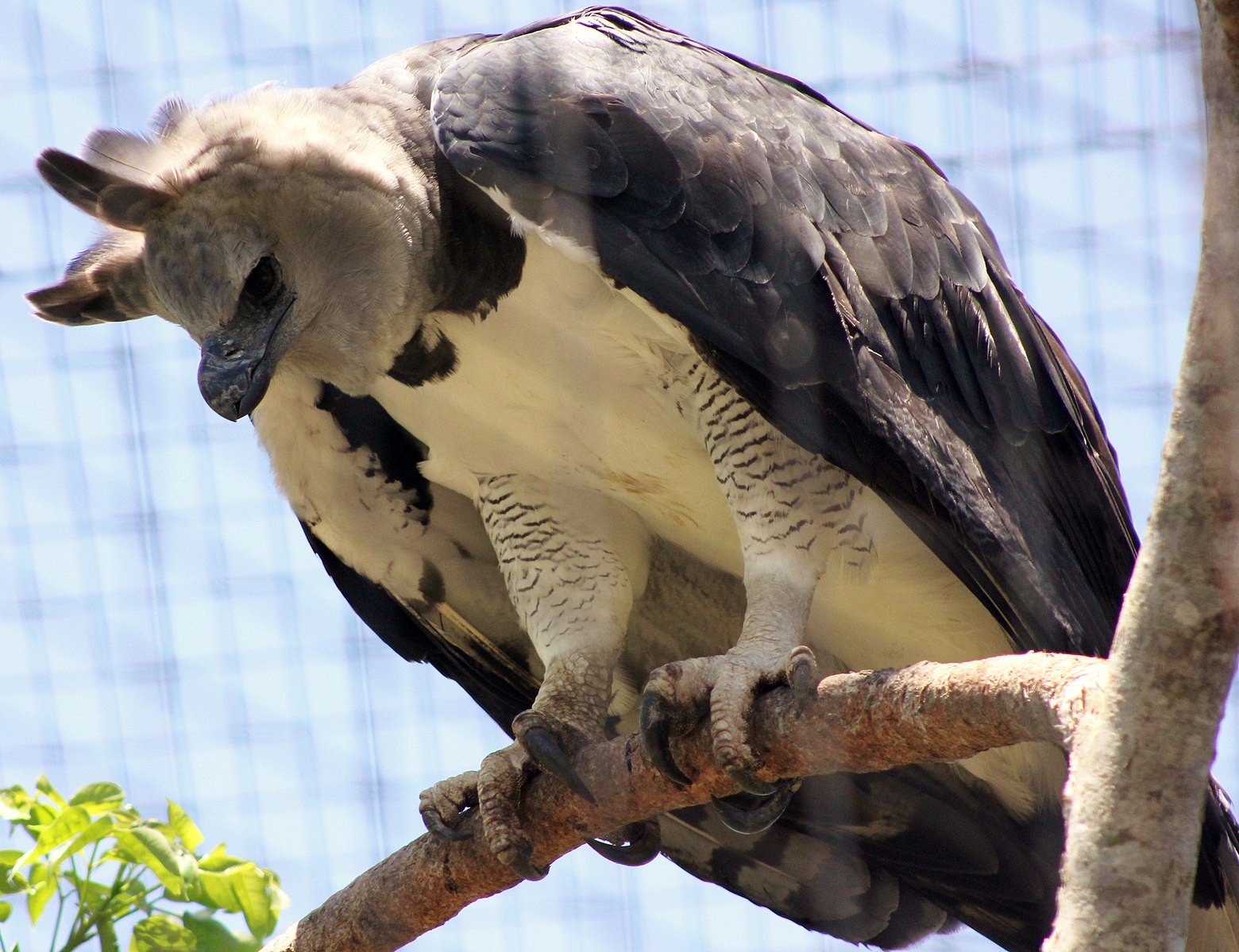The Harpy Eagle, the largest and most powerful raptor found in the Americas, calls the tropical lowland rainforests of Central and South America its home. These majestic birds thrive in the lush, diverse ecosystems that stretch from Mexico to Argentina, occupying a crucial role at the top of the rainforest food chain.
Geographical Range of Harpy Eagle Habitat
The Harpy Eagle’s habitat extends across a vast region, encompassing the following countries:
| Country | Harpy Eagle Population |
|---|---|
| Mexico | Declining, with a few remaining populations |
| Central America | Found in Belize, Guatemala, Honduras, Nicaragua, Costa Rica, and Panama |
| South America | Present in Colombia, Venezuela, the Guianas, Ecuador, Peru, Bolivia, and Brazil |
While the Harpy Eagle was once widespread throughout this region, habitat loss and hunting have led to a significant decline in its population, with the species now considered Near Threatened by the International Union for Conservation of Nature (IUCN).
Preferred Habitat Characteristics
 Image source: Harpy Eagle by cuatrok77
Image source: Harpy Eagle by cuatrok77
The Harpy Eagle thrives in the dense, multilayered canopy of tropical lowland rainforests, where it can find ample prey and suitable nesting sites. Specifically, the Harpy Eagle’s habitat is characterized by the following features:
-
Canopy Structure: Harpy Eagles prefer forests with a well-developed, tall canopy, often reaching heights of 30-40 meters (100-130 feet). This provides them with the necessary space to maneuver and hunt effectively.
-
Tree Species Composition: Harpy Eagles are known to favor forests dominated by large, emergent trees, such as the Brazil nut tree (Bertholletia excelsa) and the kapok tree (Ceiba pentandra). These trees provide the sturdy branches and nesting platforms required by the eagles.
-
Prey Availability: The Harpy Eagle’s diet consists primarily of tree-dwelling mammals, such as sloths, monkeys, and porcupines. Forests with a diverse and abundant population of these prey species are essential for the Harpy Eagle’s survival.
-
Minimal Disturbance: Harpy Eagles are sensitive to human activity and prefer areas with minimal disturbance, such as remote, undisturbed forest patches or protected reserves.
Nesting and Breeding Habits
Harpy Eagles are monogamous and form lifelong pair bonds. They build their massive stick nests, measuring up to 6 feet wide and over a foot deep, high in the canopy of the tallest trees. These nests are used for multiple breeding seasons, with the eagles typically raising a single chick every two to four years.
The Harpy Eagle’s slow reproductive rate and the need for large, undisturbed forest areas make it particularly vulnerable to habitat loss and fragmentation. Conservation efforts aimed at protecting the Harpy Eagle’s habitat are crucial for the species’ long-term survival.
Threats to Harpy Eagle Habitat
The primary threats to the Harpy Eagle’s habitat include:
-
Deforestation: The conversion of tropical rainforests to agricultural land, urban development, and infrastructure projects has led to a significant loss of the Harpy Eagle’s habitat.
-
Hunting and Poaching: Harpy Eagles are sometimes killed by humans, either for their feathers or due to perceived threats to livestock.
-
Climate Change: The effects of climate change, such as increased temperatures and changes in precipitation patterns, may also impact the Harpy Eagle’s habitat and prey availability.
Conservation Efforts
To protect the Harpy Eagle and its habitat, various conservation initiatives have been implemented across its range:
-
Protected Areas: The establishment of national parks, nature reserves, and other protected areas has helped safeguard the Harpy Eagle’s habitat in several countries, such as the Serra Bonita Reserve in Brazil and the Narupa Reserve in Ecuador.
-
Reforestation and Habitat Restoration: Efforts to restore degraded forests and plant native tree species have the potential to expand the Harpy Eagle’s available habitat.
-
Community Engagement: Educating local communities about the importance of the Harpy Eagle and its habitat, and involving them in conservation efforts, can help reduce threats and promote the species’ long-term survival.
-
Research and Monitoring: Ongoing research and monitoring of Harpy Eagle populations and their habitat are crucial for informing conservation strategies and tracking the species’ recovery.
By understanding the Harpy Eagle’s habitat requirements and the threats it faces, we can work towards ensuring the long-term survival of this magnificent raptor and the vibrant tropical rainforests it calls home.
References:
– American Bird Conservancy – Harpy Eagle
– Animalia – Harpy Eagle
– World Land Trust – Harpy Eagle


